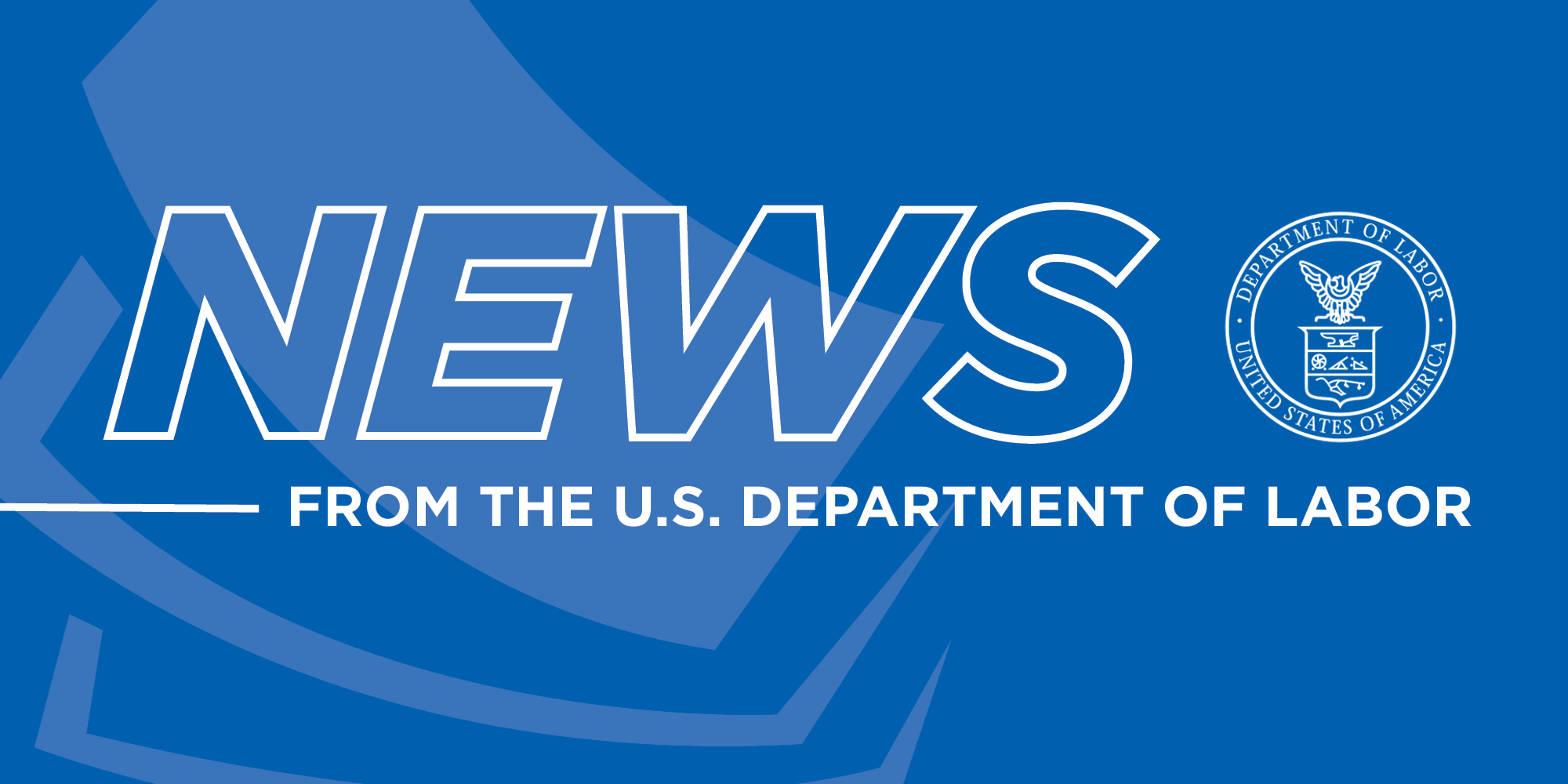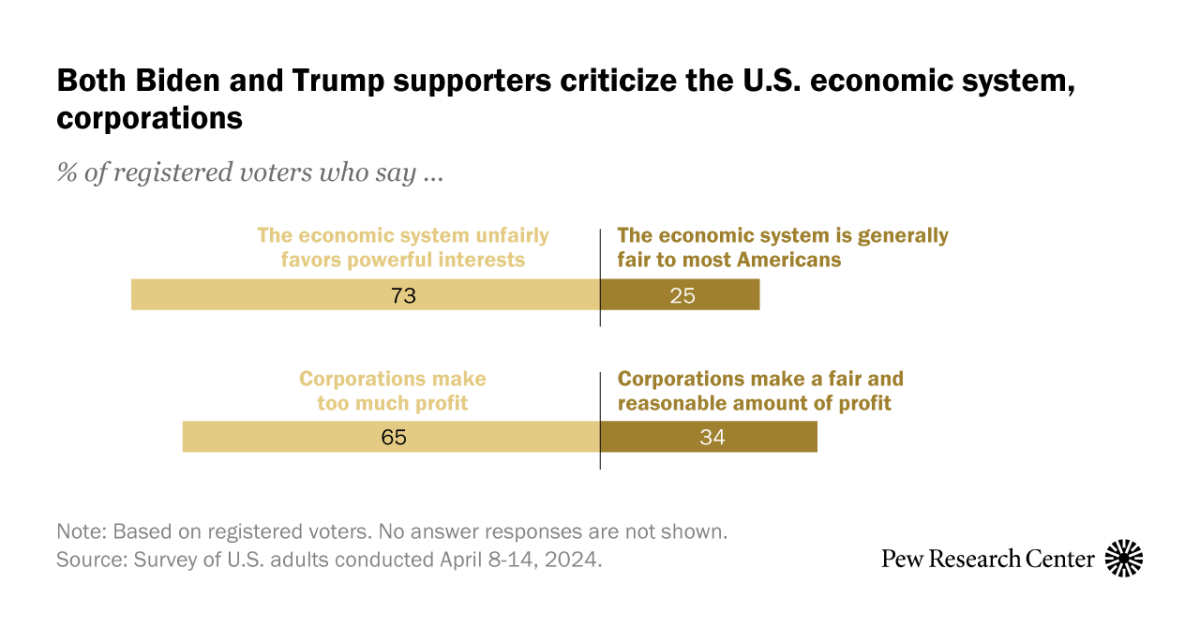WHO: U.S. Department of Labor’s Occupational Safety and Health Administration
Emergency and recovery response workers
Residents in areas affected by hurricanes Milton and Helene
What: The U.S. Department of Labor’s Occupational Safety and Health Administration urges emergency response and recovery workers and people living in areas affected by hurricanes Milton and Helene to be cautious when facing hazards related to flooding, power loss, structural damage, fallen trees and storm debris.
Storm recovery activities – such as restoring electricity and communications, clearing and removing debris, repairing or replacing roofs and trimming trees – present dangers that demand people involved in recovery and cleanup be experienced, trained properly and familiar with equipment used.
In a storm’s aftermath, those involved in response and recovery must do the following:
- Evaluate work areas for hazards.
- Assess the stability of structures and walking surfaces.
- Ensure fall protection when working from elevated surfaces.
- Assume all powerlines are live.
- Operate chainsaws, portable generators, ladders and other equipment properly.
- Use personal protective equipment, such as gloves, hard hats, hearing, foot and eye protection.
Background: OSHA offers comprehensive hurricane preparedness and response information, including safety tips for employers and workers and an alert on keeping workers safe during flood cleanup. Individuals involved in response and recovery efforts may call OSHA’s toll-free hotline at 800-321-OSHA (6742).
Quote: “While thousands of brave emergency responders and recovery workers help to restore our communities after catastrophic weather events like hurricanes Milton and Helene, we strongly urge them to take great care to protect themselves and others from the wide range of dangers of workplace hazards they face,” explained OSHA Regional Administrator Kurt Petermeyer in Atlanta. “Having clear knowledge of the hazards at-hand, following safe work practices and using proper personal protective equipment during cleanup can reduce the risks of injuries and fatalities significantly. OSHA is ready to assist and provide guidance on avoiding hazards to those doing the difficult work needed after catastrophic weather strikes.”


